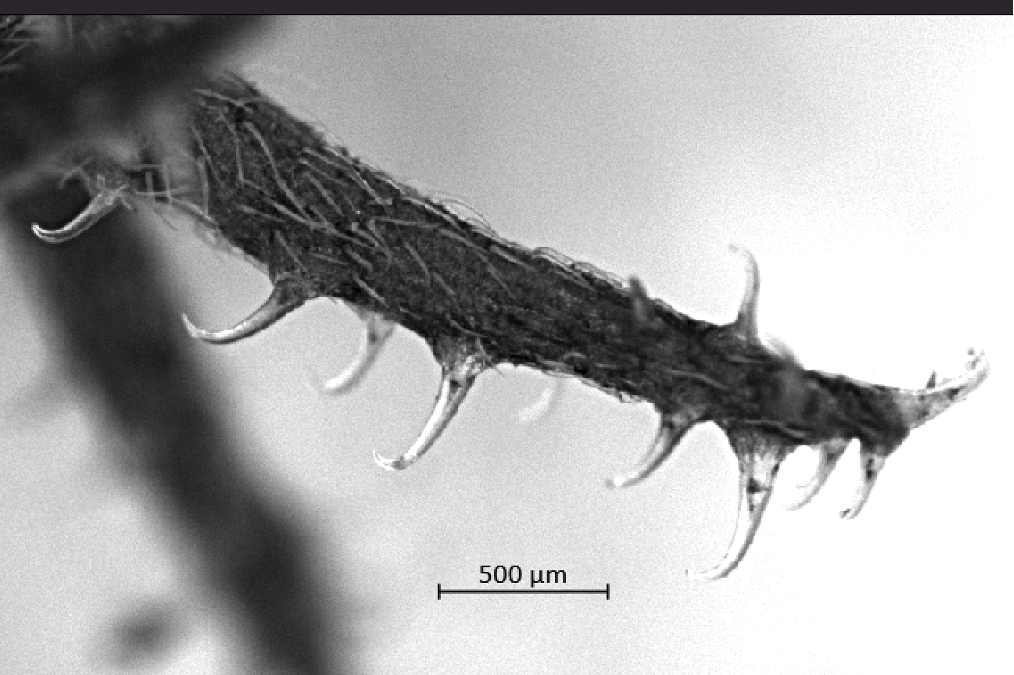The Hong Kong Institute for Advanced Study (HKIAS) is pleased to announce that Professor Alison Noble, currently serving as the Technikos Professor of Biomedical Engineering at the University of Oxford, rejoins us as a Senior Fellow of the Institute.
Tag: biomedical engineeering

Fundamental understanding of a molecule‘s normal function could inform treatments for a variety of brain disorders
John Chappell, a cardiovascular scientist in the Center for Vascular and Heart Research at the Fralin Biomedical Research Institute at VTC, didn’t quite believe what he was seeing.
Good smells, bad smells: It’s all in the insect brain
Everyone has scents that naturally appeal to them, such as vanilla or coffee, and scents that don’t appeal. What makes some smells appealing and others not? Researchers studied the behavior of the locusts and how the neurons in their brains responded to appealing and unappealing odors to learn more about how the brain encodes for preferences and how it learns.
Air monitor can detect COVID-19 virus variants in about 5 minutes
Now that the emergency phase of the COVID-19 pandemic has ended, scientists are looking at ways to surveil indoor environments in real time for viruses. By combining recent advances in aerosol sampling technology and an ultrasensitive biosensing technique, researchers at Washington University in St. Louis have created a real-time monitor that can detect any of the SARS-CoV-2 virus variants in a room in about 5 minutes.
Induction of a torpor-like state with ultrasound
Some animals preserve energy and heat by going into torpor, during which body temperature and metabolic rate drop, similar to hibernation. WashU researchers have safely and noninvasively induced such a state in mice and rats using ultrasound. Their work could help people with health conditions and astronauts.
Study Could Change Assumptions about Helmet Safety
A new study led by researchers at New York Institute of Technology College of Osteopathic Medicine (NYITCOM) could change public perceptions about helmet safety.
Stickiness may determine how influenza spreads
Influenza viruses have an enormous impact in the U.S., with an estimated 25 million illnesses and 18,000 deaths in the 2022-23 flu season alone. However, the majority of virus particles are not infectious or are only partially infectious. How, then, do they become such a contagious and deadly virus?

Hitchhiker plants inspire improved techniques for reattaching tendon to bone
For most people, getting burrs stuck to your clothes during a hike is nothing more than a nuisance, something to pick off and throw out when you get home. But for scientists at the Center for Engineering MechanoBiology (CEMB), the hooks on these little hitchhikers are inspiring new suturing schemes for surgical reattachment of tendon to bone.
University of Oklahoma Biomedical Engineer Focuses on Restoring Movement After Stroke
Biomedical engineer Yuan Yang has received nearly $2 million in funding from the National Institutes of Health and the American Heart Association to examine the impact of strokes and the movement impairments stroke patients suffer.
Imaging technique may measure absorbed dose from radiation therapy
Abhinav Jha, at the McKelvey School of Engineering, wants to use novel imaging to better understand how people absorb radiation therapy. His team won a four-year $2.2 million National Institutes of Health (NIH) grant for the study, which aims to guide treatment decisions.
New Chip Could Make Treating Metastatic Cancer Easier and Faster
Researchers at the Georgia Institute of Technology have found a detection method that could revolutionize cancer treatment by showing how cancers metastasize and what stage they are.